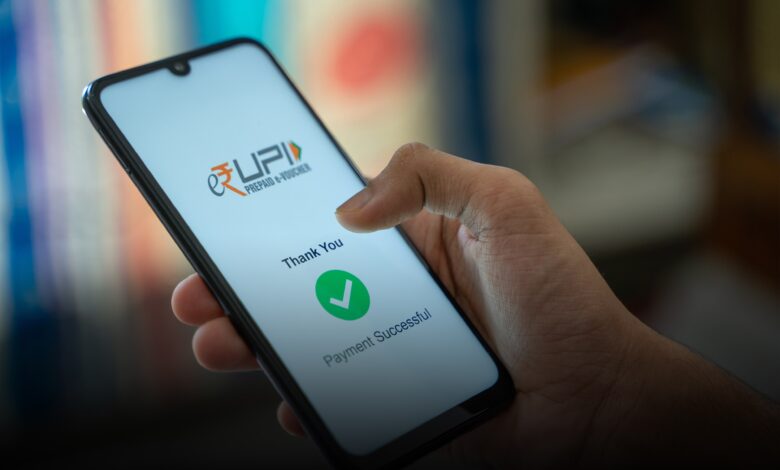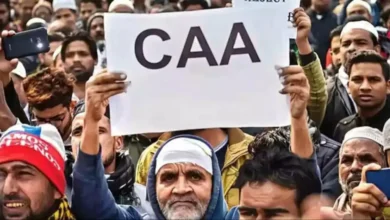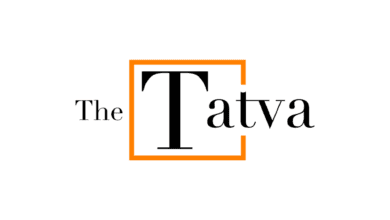
Tucked away on a Delhi street vendor’s cart, a UPI QR code symbolizes a financial revolution sweeping across India. Yuvraj Yadav, a young entrepreneur, is among the many who now receive the bulk of their earnings through this digital platform. UPI has become the norm for transactions ranging from street-side purchases to upscale dining, marking a significant shift from traditional cash payments.
Although digital payment platforms like UPI offer convenience, they have a downside – increased expenditure. According to a study by IIIT Delhi, a majority of users feel that they spend more when using UPI, which is in contrast to the spending habits developed over millennia where cash was the primary mode of payment, as reported by India Today.
The Digital Dilemma: Spending vs. Saving
Unified Payments Interface stands out from other payment methods like credit cards, as it incurs no interest and requires no additional hardware. It bridges the gap between cash and credit, influencing financial behaviors in unique ways.
While some individuals find themselves spending more freely with UPI, others, like Yuvraj, have discovered opportunities for saving. The digital system allows for direct bank transfers, which can help in accumulating savings, especially for those with lower incomes.
Impact of Digitalization on Financial Habits
The advent of Unified Payments Interface in 2016, particularly during the pandemic, has led to a surge in digital spending. Personal expense trackers reveal a noticeable increase in spending, attributed to the less tangible nature of digital transactions compared to the physical act of handing over cash.
Experts suggest that digital payments may lessen the psychological impact of spending, potentially leading to less restrained financial behavior. However, they also offer new tools for managing money, providing a balance between the ease of spending and the ability to save.
The Broader Picture: UPI’s Role in Financial Inclusion
The popularity of Unified Payments Interface is evident in the transaction volumes, with billions of transactions processed monthly. The system not only influences consumer behavior but also plays a role in financial inclusion, as noted by Prime Minister Narendra Modi.
For vendors like Yuvraj and domestic workers like Anju Devi, UPI has been a game-changer, allowing them to better manage their finances and protect their earnings. The government’s decision to keep UPI transactions free of charge further supports this inclusive approach.
While UPI simplifies the payment process and may encourage some to spend more, it also empowers many Indians to run their businesses more efficiently and save money, reflecting the complex dynamics of India’s digital payment landscape.
You might also be interested in – UPI expands globally: List of nations that accept India’s digital payment system



